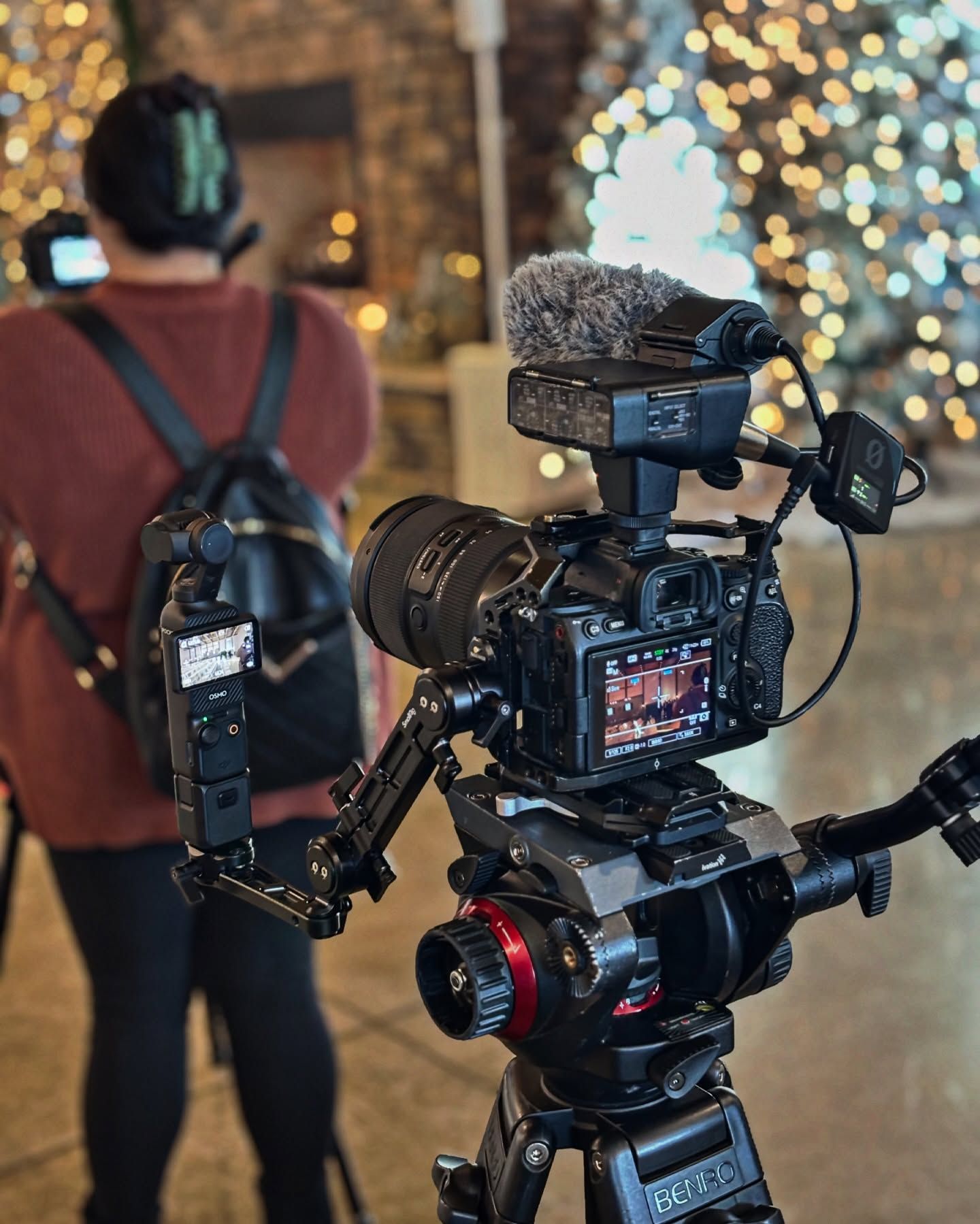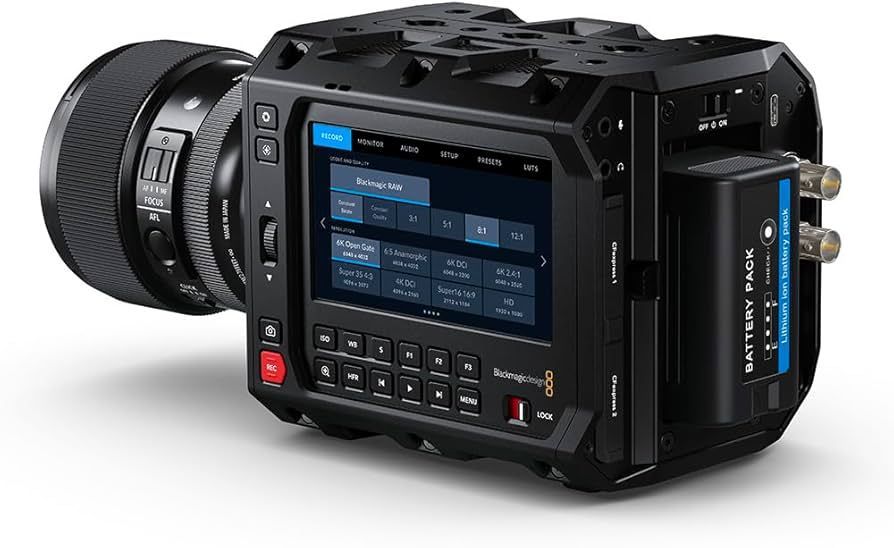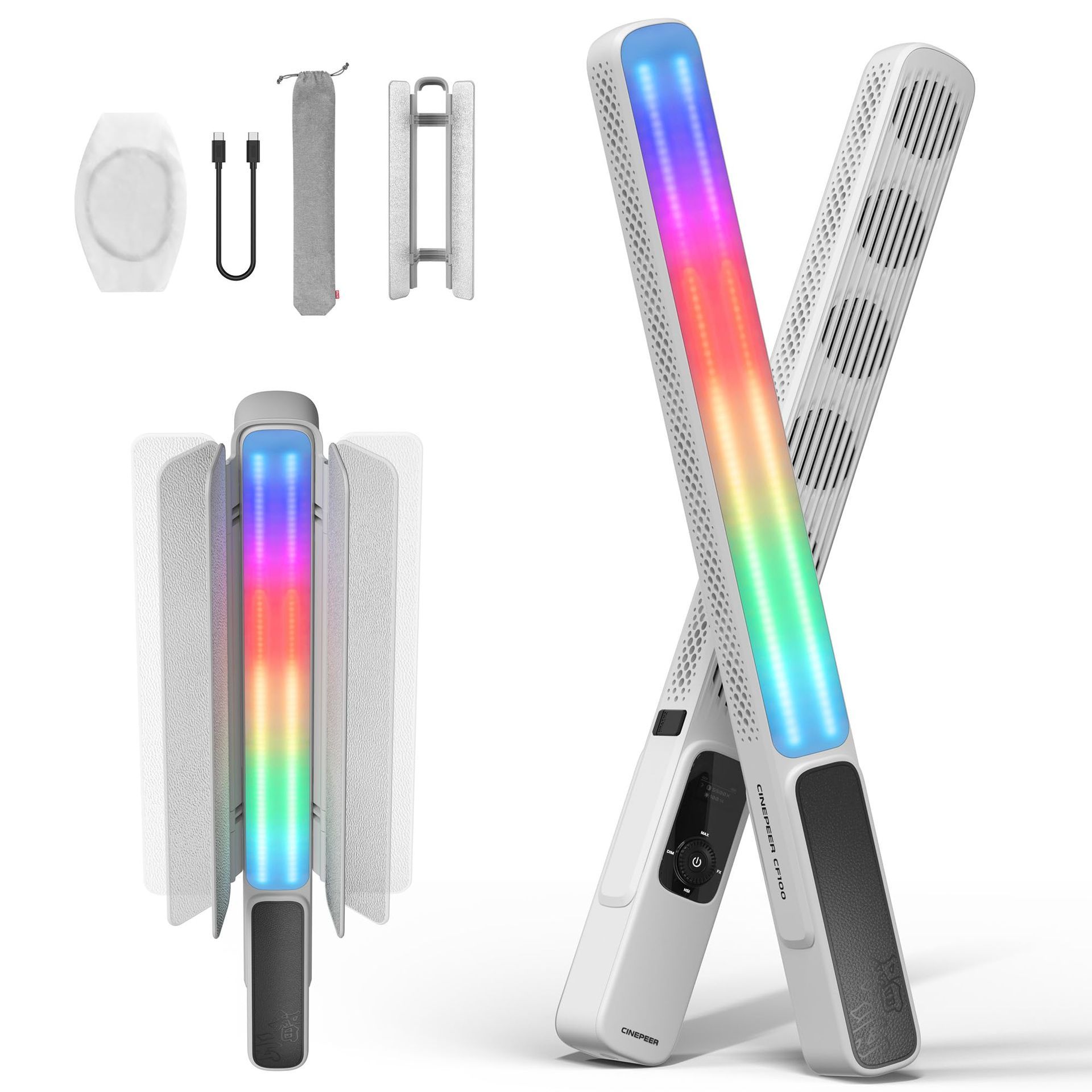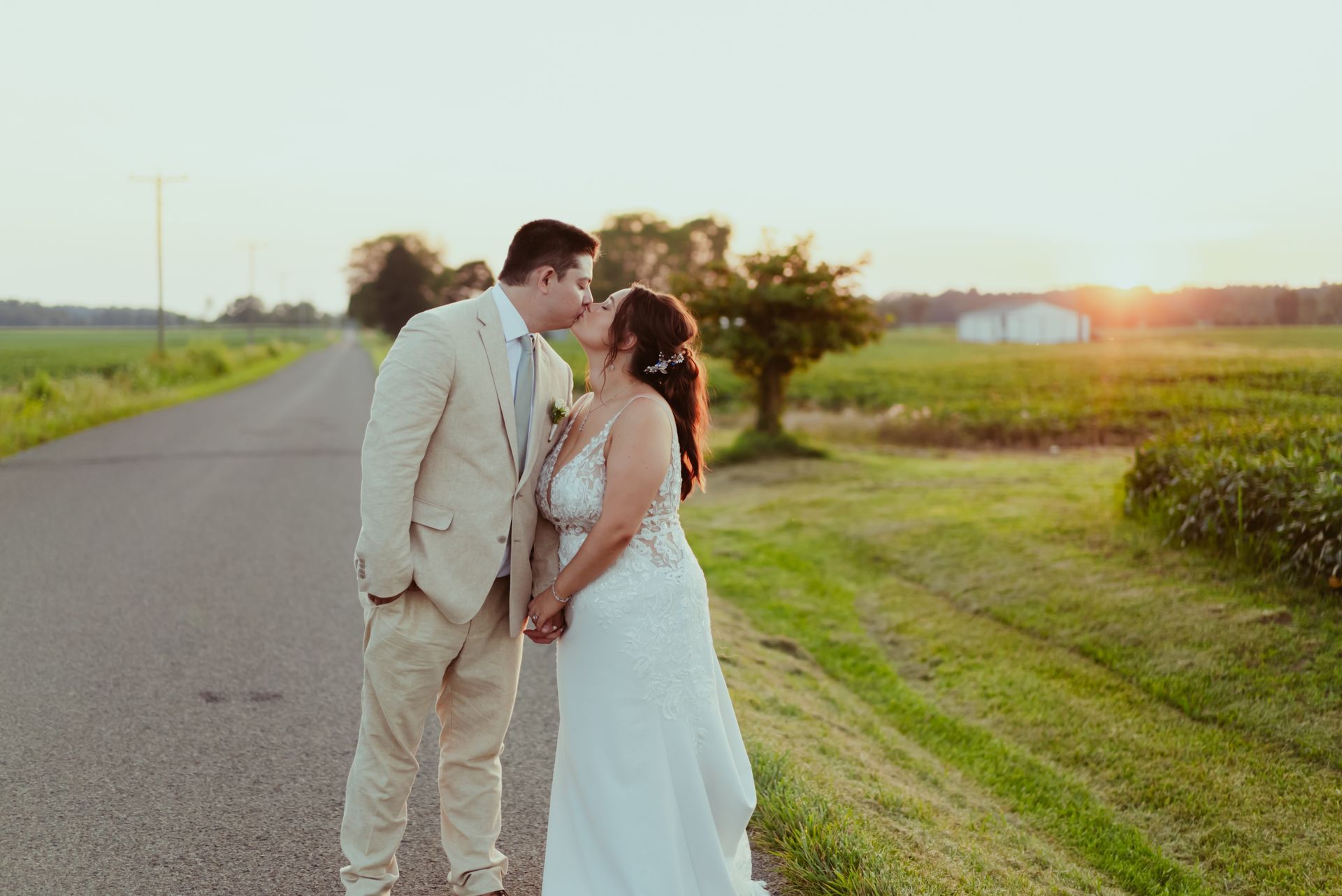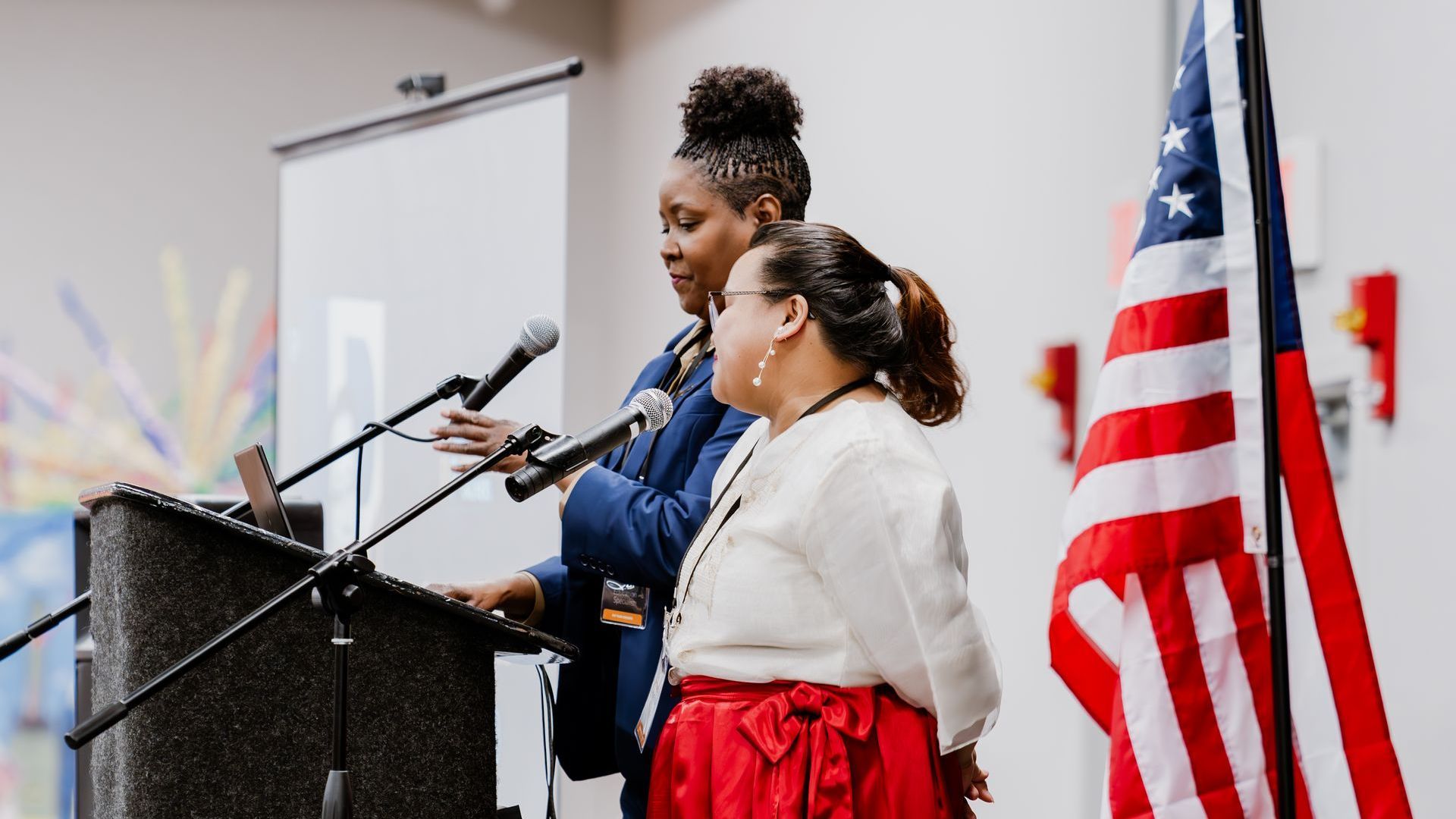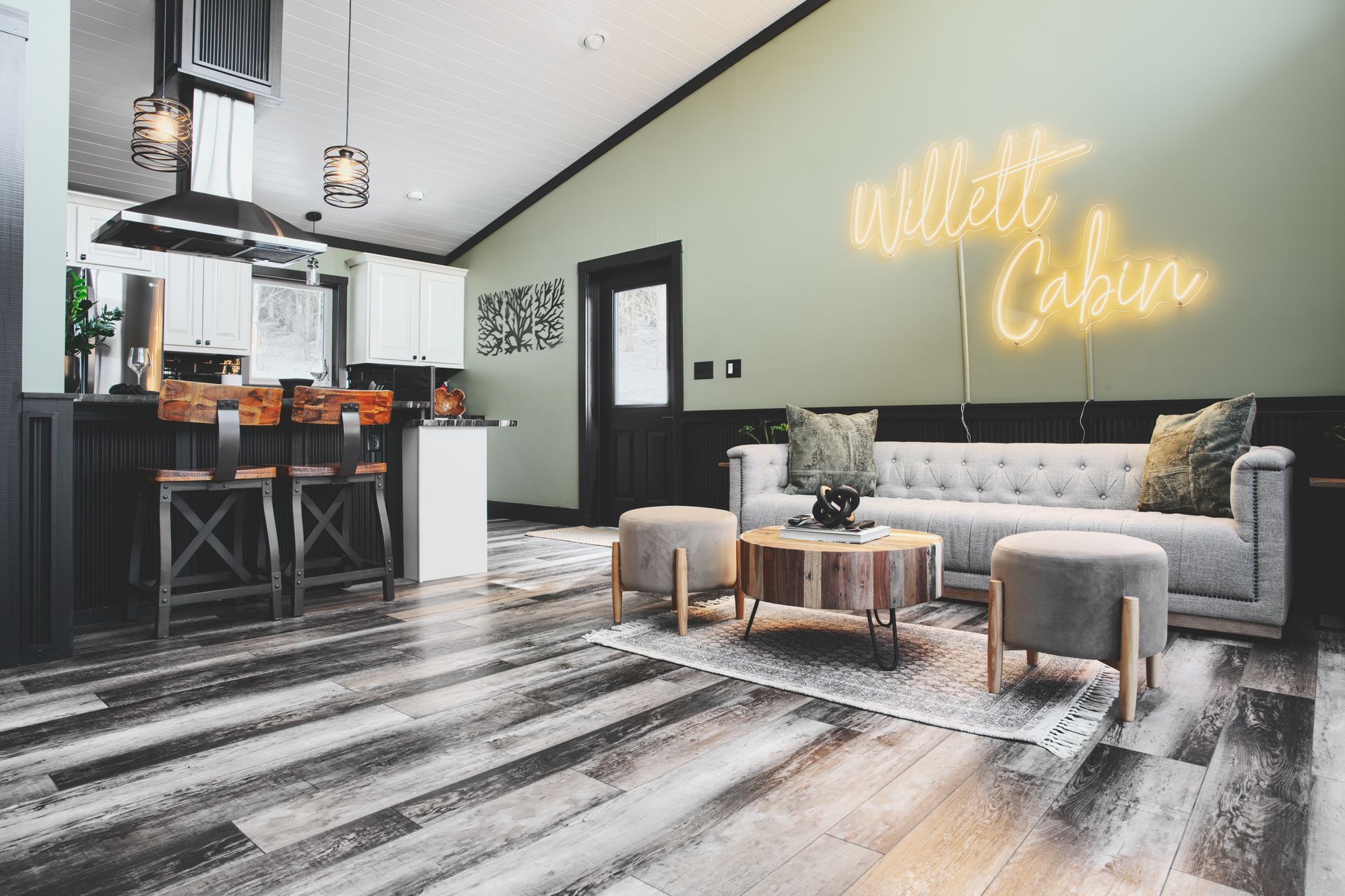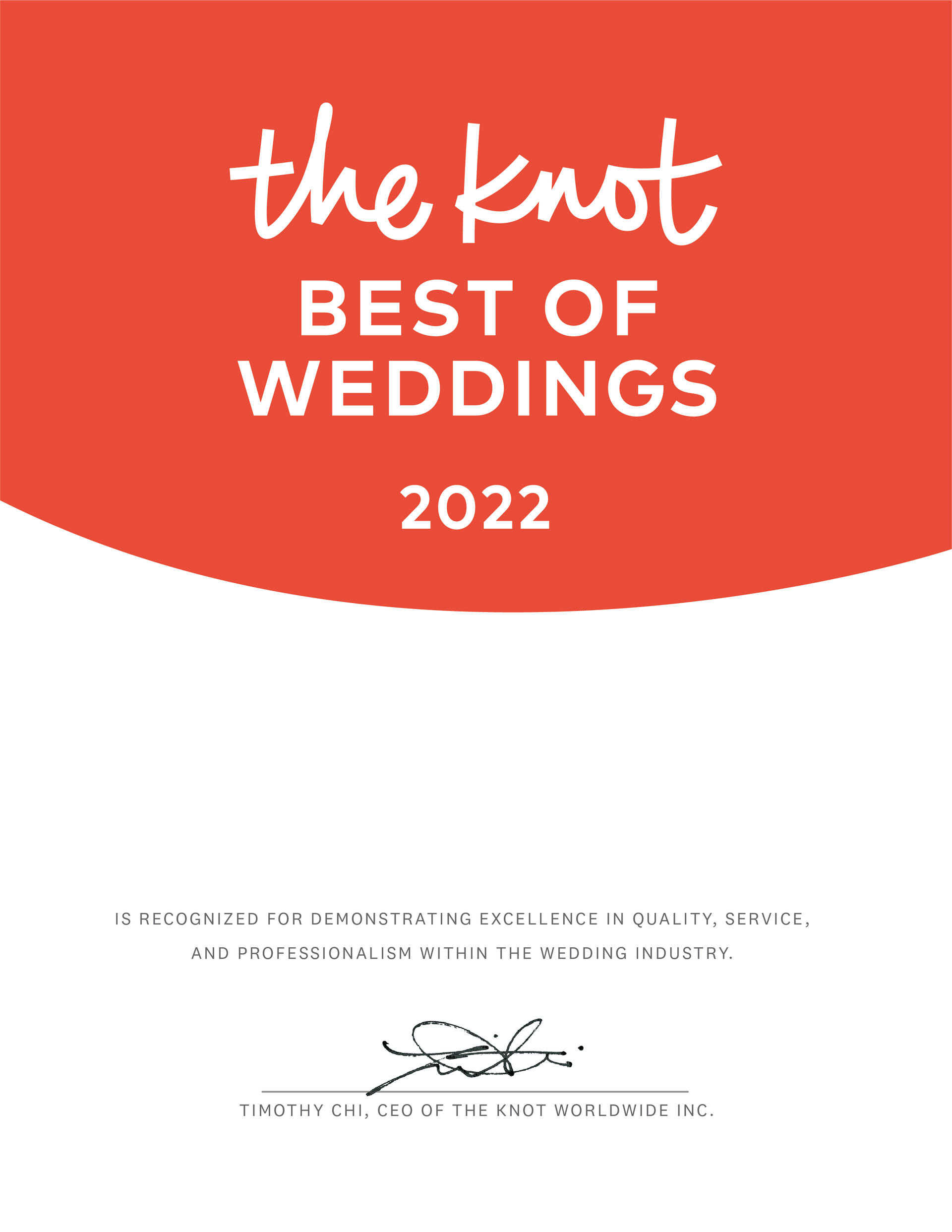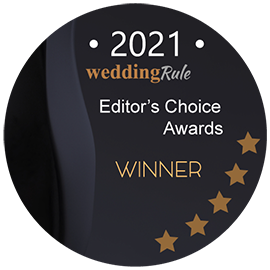Wedding Photography Timeline: What To Expect During a 10-Hour Wedding Day
A wedding photography timeline can make the difference between capturing every precious moment and missing key memories of your special day. While some couples might think 10 hours of photography coverage sounds extensive, we've found that these hours fill up quickly with essential moments - from the 1.5 hours of bridal preparation to the final grand exit.
In fact, whether you're planning a single-location celebration or a multi-venue event, your wedding photography schedule needs careful consideration. A well-structured timeline ensures we capture everything from your 30-minute ceremony to those golden-hour sunset portraits, without feeling rushed. In this comprehensive guide, we'll break down exactly what happens during a 10-hour wedding day, helping you understand how to plan your perfect photography timeline.
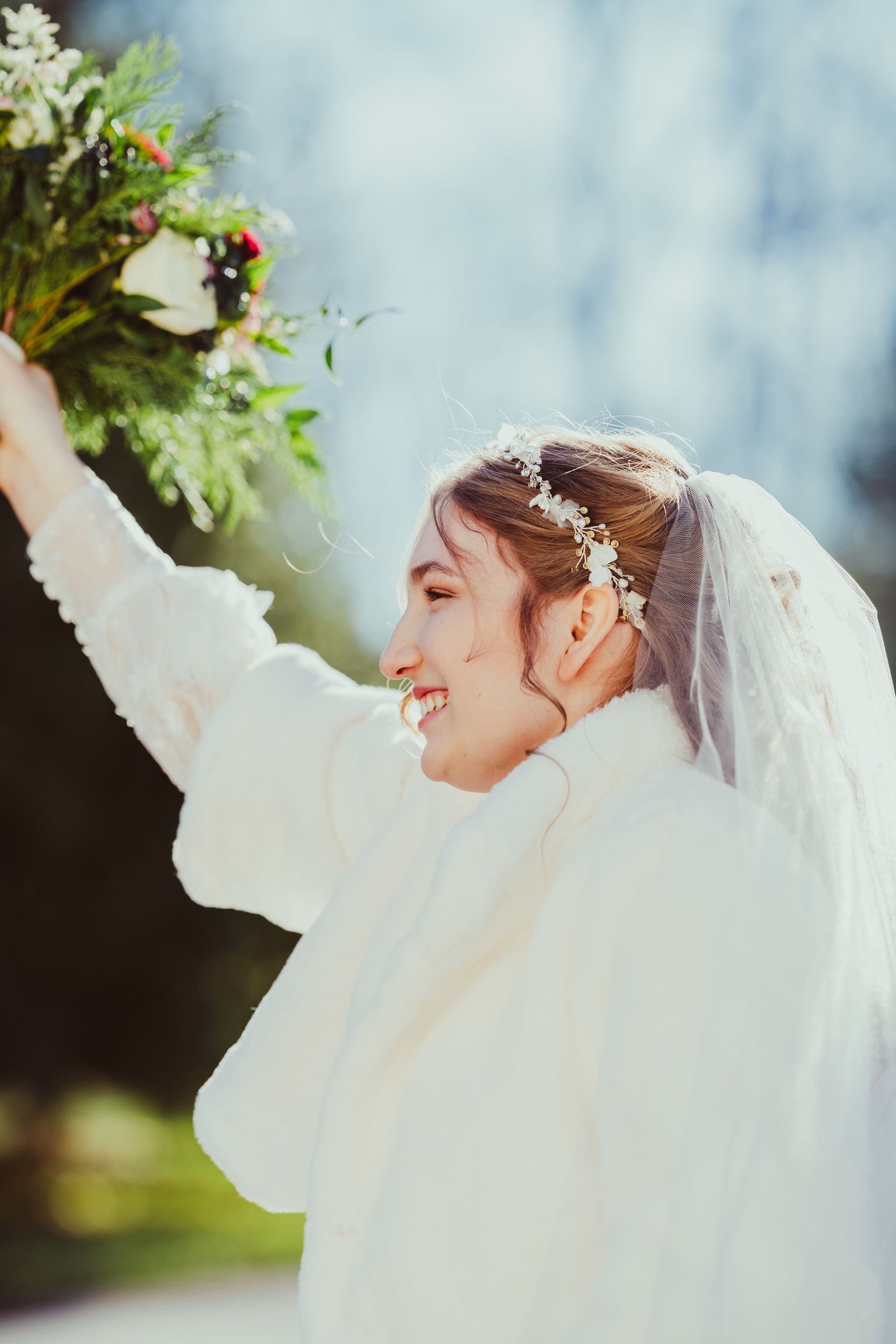
Understanding the 10-Hour Wedding Photography Coverage
Ten hours of wedding photography coverage creates space for capturing both planned moments and spontaneous celebrations throughout your special day. Based on extensive experience, this timeframe allows photographers to document everything from intimate morning preparations to the energy of your reception dance floor.
What happens in 10 hours
A typical 10-hour photography schedule starts with getting ready photos, which require at least 90 minutes before you put on your dress or suit. Subsequently, the timeline includes first looks with bridesmaids and family members, taking approximately 30 minutes. Bridal party portraits generally need 20-30 minutes, followed by family photos which typically take 35-40 minutes to complete properly.
The ceremony coverage spans 30-60 minutes, additionally including pre-ceremony preparations and post-ceremony celebrations. After that, cocktail hour photography lasts 60 minutes, capturing reception details and candid guest interactions. The evening continues with dinner service (approximately 60 minutes), special dances, and reception festivities.
Why 10 hours is popular
Photographers recommend 10-hour coverage because it eliminates the need to rush between events. This duration particularly suits weddings with:
- Multiple location changes between preparation, ceremony, and reception venues
- First look sessions before the ceremony
- Hour-long ceremonies, especially Catholic services
- Extended cocktail hours
- Sunset portrait sessions
The extended timeframe provides flexibility for unexpected delays and allows photographers to capture creative shots without compromising essential moments. Additionally, having 10 hours ensures coverage of both early preparation details and late reception celebrations.
Key moments that must be captured
Throughout these 10 hours, photographers focus on documenting several crucial elements. The morning begins with detail shots of your dress, rings, and personal items. First looks deserve dedicated time, offering private moments between couples before the ceremony. Family portraits require careful coordination, particularly when including extended family members.
The ceremony demands thorough coverage, from walking down the aisle to the first kiss as newlyweds. Reception documentation encompasses grand entrances, first dances, toasts, and cake cutting. Moreover, photographers often schedule couple portraits during the golden hour, utilizing the day's most flattering natural light.
Photographers also need buffer time between events to set up equipment, scout locations, and coordinate with other vendors. This padding ensures smooth transitions and prevents rushed shots, ultimately delivering a comprehensive collection of wedding memories.

Morning Timeline: Getting Ready to First Look
The morning preparations set the tone for your entire wedding day photography schedule. Starting with ample time ensures capturing both candid moments and essential formal shots without feeling rushed.
Pre-ceremony preparation shots
Professional photographers recommend beginning coverage at least 90 minutes before you put on your wedding attire. For optimal results, assign one bridesmaid as your personal assistant to handle vendor calls and questions, letting you stay relaxed throughout the morning.
For dual-location preparations, photographers typically spend 40 minutes with grooms and 60 minutes with brides. Furthermore, anyone helping with final dressing should be completely ready beforehand to ensure polished photos.
Detail photos timing
Your photographer needs approximately 30 minutes to capture wedding details upon arrival. To streamline this process, gather all items in one designated spot:
- Rings, jewelry, and accessories
- Wedding dress and shoes
- Invitation suite and programs
- Sentimental items or heirlooms
- Something old, new, borrowed, and blue
Photographers often start with dress photos first, subsequently moving to other details. This methodical approach helps them understand your wedding's style and creates stunning album spreads.
First look scheduling
Schedule your first look 2.5 hours before the ceremony. This timing allows for:
- 15-20 minutes for the actual first look
- 30 minutes for couple portraits immediately after
- Buffer time for any unexpected delays
First looks often produce more emotional photos than traditional ceremony reveals. Some couples choose this private moment to exchange personal vows, creating intimate memories away from the crowd.
For fall or winter weddings, consider scheduling your first look earlier to maximize natural daylight. Nonetheless, if your schedule prevents a first look, photographers can still capture separate wedding party photos during morning preparations to reduce time pressure later.
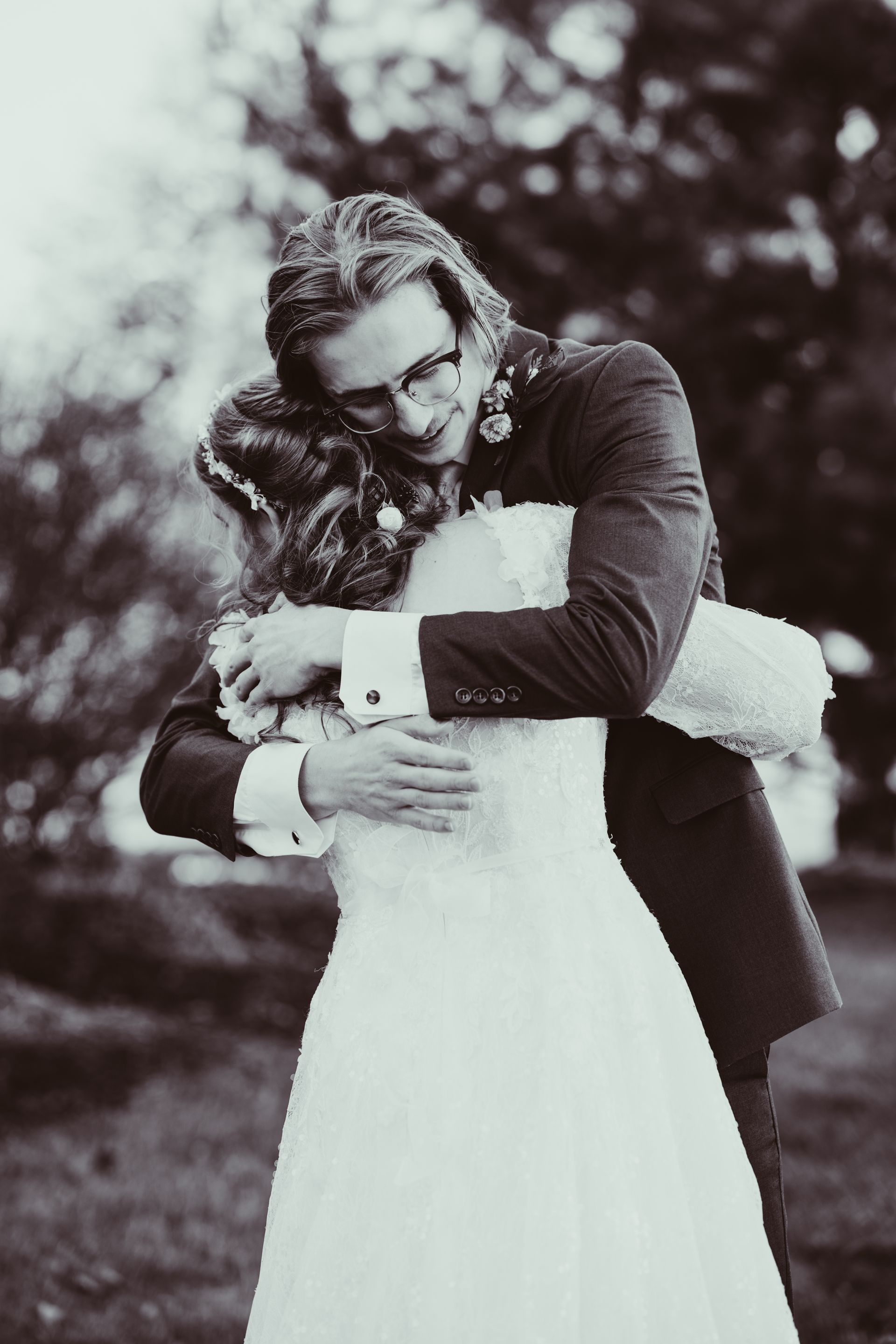
Afternoon Schedule: Ceremony to Reception
Moving from morning preparations to afternoon festivities requires precise timing and coordination. As your ceremony approaches, every minute counts in capturing the perfect shots.
Ceremony photography timing
Professional photographers recommend allocating 45-60 minutes for complete ceremony coverage. This timeframe encompasses guest arrivals, the ceremony itself, along with post-ceremony celebrations. Consequently, photographers position themselves strategically to document both traditional moments and spontaneous reactions.
Family photo management
Organizing family photos demands meticulous planning. For smooth execution, consider these essential tips:
- Limit group combinations to ten or fewer people for efficient photo sessions
- Schedule 20-30 minutes specifically for family portraits
- Assign a family representative to keep everyone organized
- Create a detailed shot list beforehand to avoid confusion
Most photographers suggest starting with larger groups first, then gradually reducing the size. Therefore, having extended family members stay in their seats after the ceremony ensures everyone's available when needed.
Reception entrance coverage
The transition between ceremony and reception requires careful consideration. Ideally, photographers need 1.5 hours between ceremony conclusion and dinner service to capture essential moments. Throughout this period, they focus on:
- Table decorations and venue details
- Guest interactions at cocktail hour
- Candid mingling moments
- Last-minute portrait opportunities
Photographers often coordinate with the band, DJ, or planner to anticipate key moments. In addition, they might step out briefly during dinner to scout perfect sunset photo locations. This preparation ensures stunning evening portraits without disrupting the reception flow.
For couples opting out of pre-ceremony first looks, photographers typically divide cocktail hour into three segments: family photos first (20-30 minutes), bridal party shots second (15-20 minutes), followed by couple portraits (30-45 minutes). Accordingly, this structured approach helps maintain the reception timeline while ensuring all crucial shots are captured.
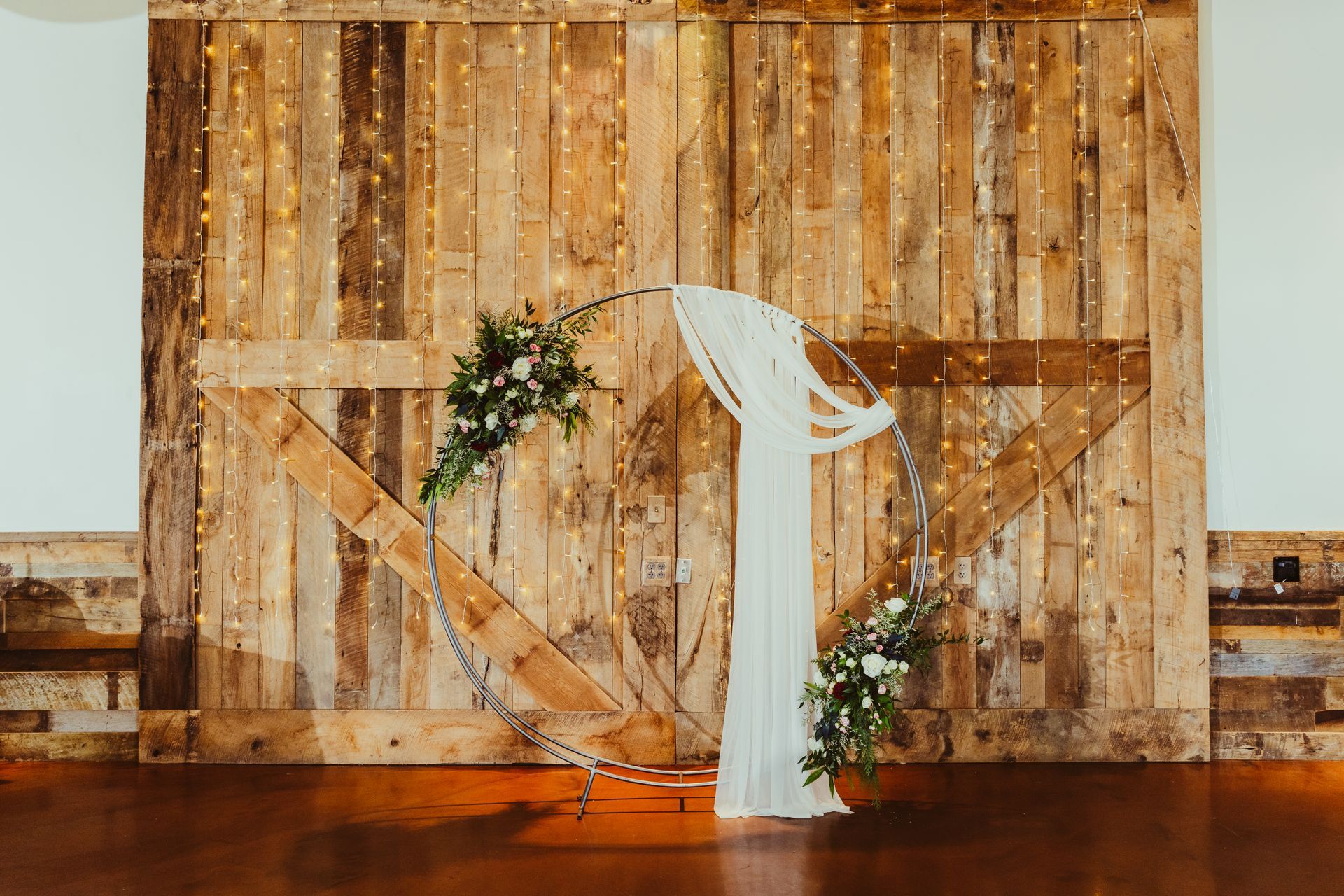
Evening Photography Timeline Breakdown
As the sun begins to set, your wedding photography timeline shifts into capturing the magical moments of your evening celebration. Professional photographers meticulously plan this phase to document both scheduled events and spontaneous celebrations.
Reception moments coverage
The reception timeline typically starts with your grand entrance as newlyweds, followed by first dance and parent dances. Throughout dinner service, photographers capture toasts, speeches, and candid guest interactions. For optimal coverage, photographers recommend wrapping up dance floor photography 45-60 minutes into open dancing.
Key reception moments to document include:
- Guest table photos and dance floor celebrations
- Toasts and speeches (with close-ups of any written notes)
- Bouquet and garter toss
- Cake cutting ceremony
- Impromptu kisses and surprising moments
Sunset photo timing
Sunset portraits demand precise scheduling, ideally 30 minutes before actual sunset. Professional photographers often coordinate with your DJ or wedding planner to find a natural break between toasts and dinner. This golden hour creates warm, romantic lighting that's particularly flattering for couple portraits.
For optimal sunset shots, photographers typically:
- Scout locations beforehand to maximize natural light
- Position couples against dark backgrounds
- Create a buffer time for unexpected delays
- Utilize both golden hour and actual sunset opportunities
End-of-night shots
Final wedding photos require thoughtful preparation to capture the perfect closing moments. Photographers recommend setting aside 20-30 minutes for creative nighttime portraits. These shots often incorporate unique lighting elements and venue features for distinctive final images.
Evening photography concludes with documenting:
- Private last dances between newlyweds
- Creative nighttime portraits using venue lighting
- Detail shots of half-eaten cake and photo booth prints
- Grand exit moments with sparklers or other send-off elements
Photographers often use specialized equipment for nighttime shots, simultaneously ensuring proper exposure without compromising the ambient atmosphere. Hence, coordinating with your venue and other vendors becomes essential for achieving these memorable final images.
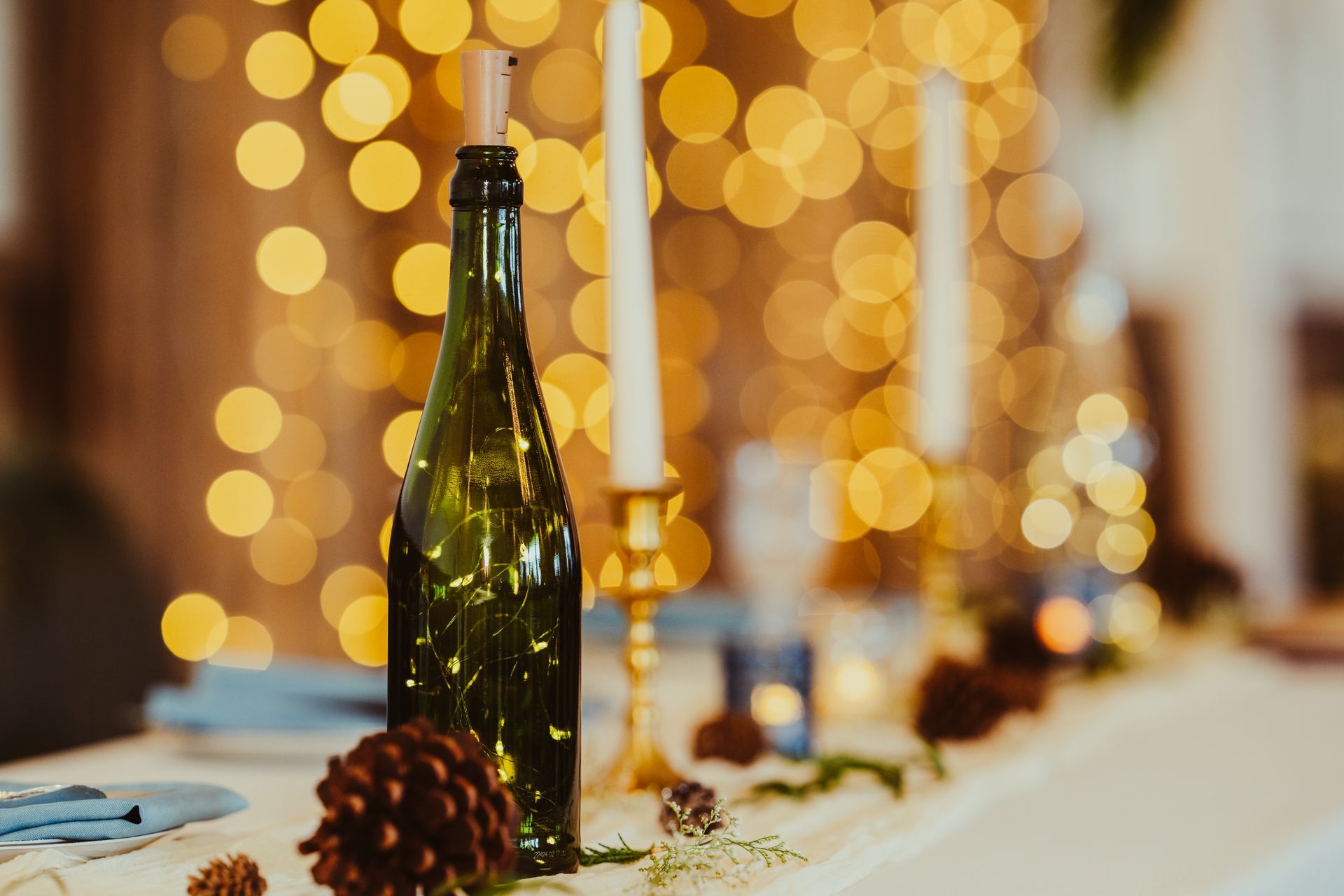
Conclusion
Wedding photography timelines might seem complex, though careful planning makes all the difference. Through our extensive experience, we've found that 10-hour coverage provides the perfect balance between capturing essential moments and maintaining flexibility throughout your special day.
Successful wedding photography relies on thoughtful scheduling, starting with morning preparations through sunset portraits and ending with creative nighttime shots. Each phase demands specific time allocations - 90 minutes for getting ready, 45-60 minutes for ceremony coverage, and dedicated slots for family portraits and reception moments.
Remember that buffer time between events proves just as vital as the scheduled shots themselves. This extra cushion allows us to adapt to unexpected changes while ensuring every precious moment receives proper attention. Whether dealing with multiple venues or coordinating with other vendors, proper timeline planning helps create lasting memories without added stress.
A well-structured photography schedule transforms your wedding day from a potential rush of moments into a smooth flow of cherished memories. After all, these photographs will tell your love story for generations to come.

FAQs
Q1. How long should wedding photography coverage be?
Typically, 8-10 hours of coverage is sufficient for most weddings. This timeframe allows photographers to capture key moments from preparations through to reception highlights. However, couples with larger weddings or specific requests may want to consider booking more coverage.
Q2. How many photos can I expect from a 10-hour wedding?
On average, you can expect around 800 to 1,500 edited photos from a 10-hour wedding. This equates to roughly one photo every 18-21 seconds, providing a comprehensive documentation of your special day.
Q3. What's a typical timeline for wedding portraits?
A standard portrait timeline includes about 30 minutes for wedding party photos, 30 minutes for close family portraits, and 45 minutes for couple portraits. However, these times are often spread throughout the day rather than taken all at once.
Q4. Is it possible to attend my own cocktail hour?
While it's a nice idea, attending your own cocktail hour can be challenging due to the tight schedule of post-ceremony photos. Family portraits, wedding party shots, and couple photos often consume most of this time. However, you might be able to make a brief appearance if your photo session runs smoothly.
Q5. How can I ensure my wedding day doesn't feel like just a photo shoot?
To prevent your wedding from feeling like a continuous photo session, consider setting aside specific time blocks for formal portraits (30-60 minutes) and a casual sunset session for the couple. Allow the rest of the day to unfold naturally, enabling your photographer to capture candid moments. Remember, while having a timeline is helpful, it's important to remain flexible and enjoy your special day.
